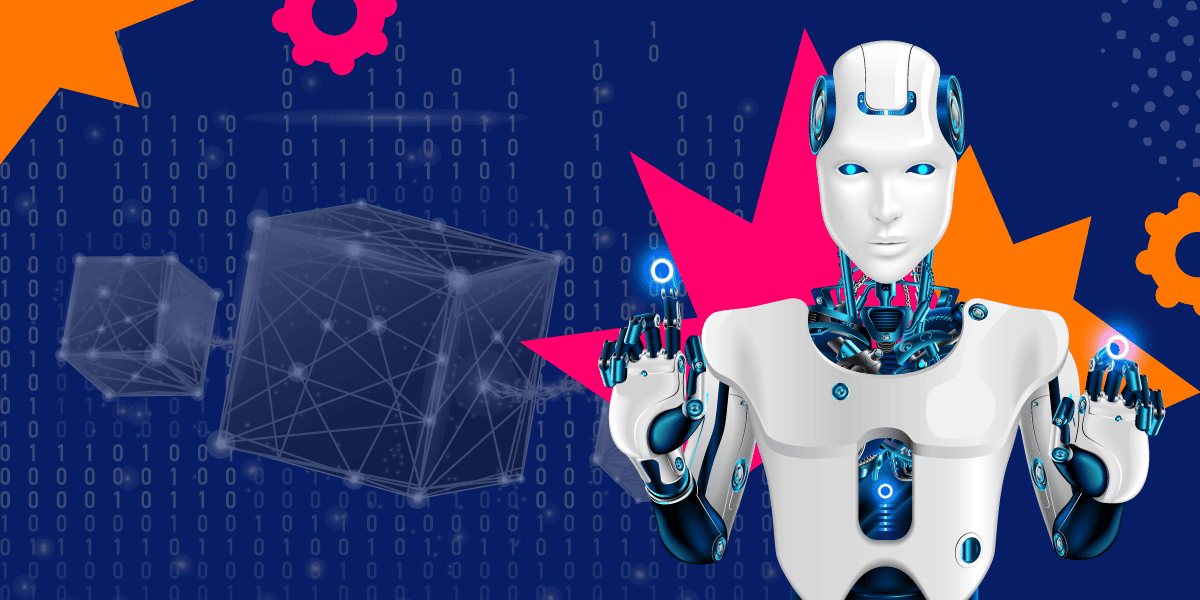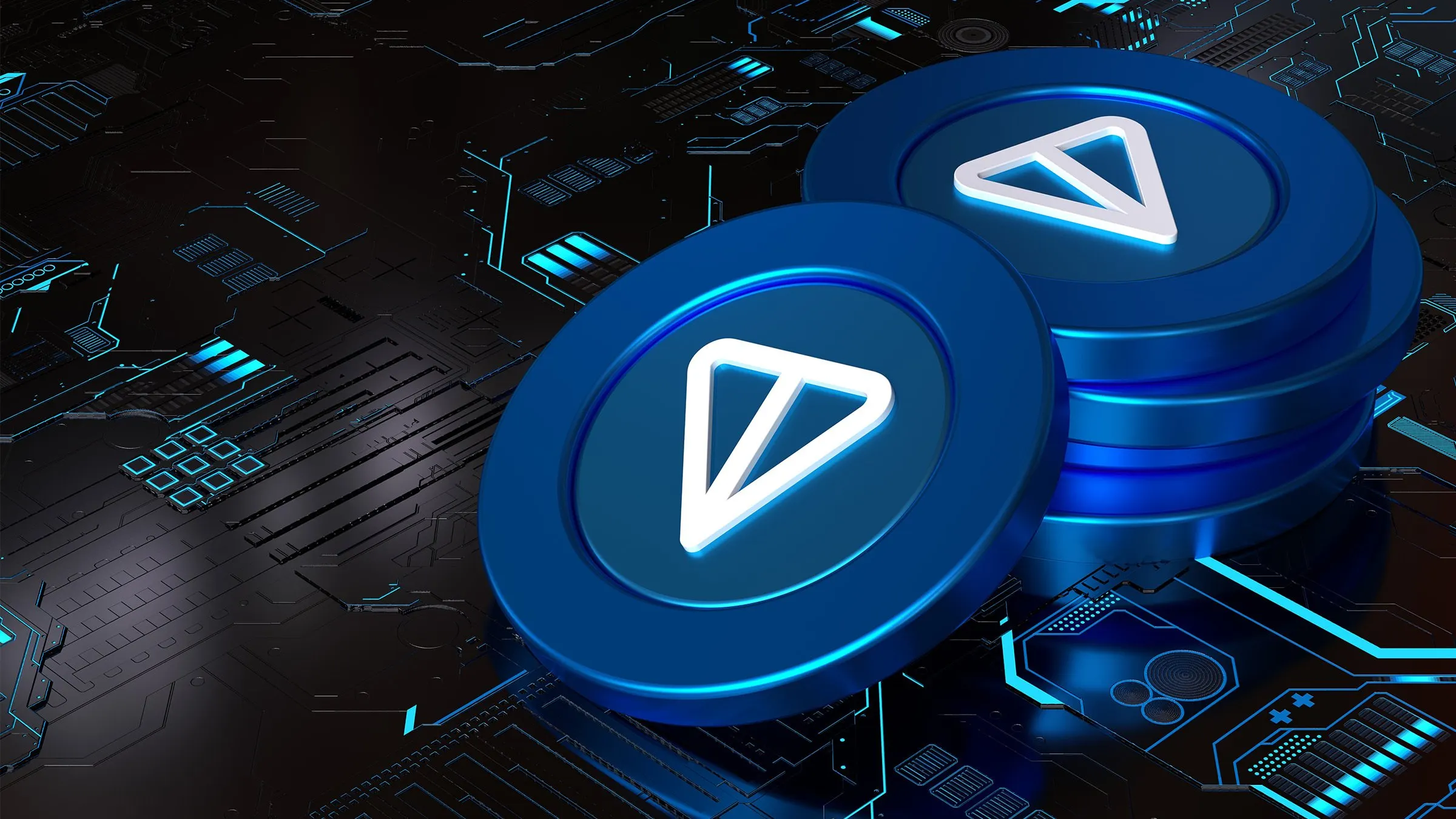Blockchain is increasingly shaping the way AI imaging is created, providing greater transparency and traceability. By using blockchain technology, AI image creation and editing are being made even more protected and verifiable. For example, when drawing sketches or converting photos, blockchain can ensure that each change is recorded in an immutable ledger.
This article explores how blockchain is disrupting artificial intelligence imaging, focusing on transparency and traceability. Using practical examples, we explain how the use of blockchain in artificial intelligence drawing guarantees security and efficiency, transforming the digital art space into a platform for artists and developers to develop unique ideas.
Why Transparency Matters in Artificial Intelligence Pictures
Transparency of AI-generated content is essential for building trust and accountability. Blockchain technology plays a crucial role here: it provides an immutable record of every change made during image creation processes.
As a result, an artist can create digital paintings using artificial intelligence and an AI image generator based on text.Blockchain can record every brushstroke or change made to a piece of art, securely storing its history. Companies using AI for marketing visuals can leverage blockchain to keep a clear audit trail of edits and approvals.
Overall, blockchain’s transparency in creating AI images increases trust between creators, consumers, and stakeholders, paving the way for safer and more reliable digital interactions.
Key Advantages of Integrating Blockchain into AI Photo Generator
Improved Authenticity Verification. Blockchain ensures that every photo created is authentic and tamper-proof by storing the history of its creation and modification. For example, photographers who use artificial intelligence to enhance images can issue a blockchain-verified certificate of authenticity to their customers to ensure that the photos are actually taken by the camera and not edited.
Improved Intellectual Property Protection. The blockchain documents every step of creating a photo, effectively protecting intellectual property rights. For example, an artist who creates artificial intelligence pictures using AI can use the blockchain to prove ownership of their creation against possible unauthorized use or copying.
Transparent Modification Tracking. The blockchain records every change to an image transparently and in detail. In advertising, agencies can track all changes to advertising images, ensuring that all changes are approved and comply with branding rules.
Secure Collaboration. Multiple creators can securely collaborate in a shared, tamper-proof ledger. If numerous artists contribute to a digital collage, the blockchain ensures that each one’s work is recognized and protected, thereby encouraging collaboration.
Increased Consumer Trust. Building consumer trust through a verifiable history of image creation and modification is a key to blockchain. In e-commerce, where AI-generated product images are used, retailers can assure their customers that the photos are correct, which improves the consumer experience and trust and reduces the likelihood of misleading.
Step-by-Step Process: AI Image Generation with Blockchain
It is quite interesting to consider combining artificial intelligence with blockchain to verify transparency, security, and ownership.
Next, we will explore how integrating blockchain technology into digital image creation and modification ensures a reliable, traceable workflow, enhancing efficiency and security.
Step 1: Create a sketch or upload an image
At this stage, artists or designers sketch or upload images, which can be enhanced using machine learning techniques for more precise and innovative outcomes. They can sketch possible ideas using digital software or select images from their library. For example, a graphic designer may download a hand-drawn sketch to a digital platform for further refinement.
Step 2: AI modifies or enhances the image
After the first image is prepared, it is modified or enhanced using AI-based algorithms, including an AI image generator from text. For example, based on a landscape photo, an AI tool can improve the image with lighting and color effects to make it look more realistic.
In fact, artificial intelligence allows for a transformation that allows for the freedom of creativity and innovation to be realized differently.
Step 3: Blockchain records every change for transparency
While artificial intelligence modifies the image, every change is recorded using blockchain technology. The blockchain ledger becomes a reliable source of truth, making unauthorized modifications impossible and protecting the authenticity of the artwork. For example, a digital artist can track the entire editing history of a digital painting using the blockchain.
Step 4: Storing and verifying ownership
After completing the creative work, the system stamps the image on the blockchain, allowing users to track its ownership. This process protects the author’s rights and ensures the image can be traced back to its source.
That means that a photographer can use a blockchain platform to record their work using artificial intelligence, thereby protecting their rights and ensuring authenticity.
How Blockchain Can Combat Deepfake Manipulation
Given the growing threat of deep manipulation of fake news, blockchain technology provides a powerful tool for verifying the authenticity and integrity of content. Blockchain’s immutability and decentralization enable effective tracking and verification of digital content, providing strong protection against misleading alterations.
- Timestamping AI Content — From a legal perspective, timestamped evidence can be key in court cases, as it provides indisputable proof of when digital content was created or altered. For example, news organizations can use blockchain to timestamped video footage, thus ensuring that any subsequent edits are easily identifiable.
- Verifiable Provenance – In the art world, blockchain is used to track the ownership of digital artworks so that consumers know they are buying an authentic piece with a traceable history. Similarly, in the fashion industry, designers can use blockchain to verify the originality of designs produced by artificial intelligence to protect their creations from counterfeiting.
- Decentralized Moderation — Users can be allowed to participate in content verification processes. Decentralized moderation in academic publications can protect the integrity of research papers, as reviewers can jointly verify the accuracy of data. Social networks can use decentralized moderation to prevent ‘deepfakes.’
Real-World Use Cases of Blockchain in AI Image Generation
Meanwhile, blockchain has been making huge strides in improving the traceability, data security, and autonomy of AI images, especially when combined with machine learning techniques. Various platforms are integrating blockchain with artificial intelligence to change the way digital art and content are created, verified, and monetized.
Verisart – AI Art Authentication & Provenance Tracking
This platform enables artists to verify their work, track ownership, and receive royalties automatically by timestamping images and connecting them to smart contracts. Digital artists, including those working with AI, widely use it to prove authorship and prevent unauthorized reproductions.
DeepBrain Chain – AI & Blockchain for Secure Content Creation
The platform uses blockchain to educate AI models while ensuring data privacy and optimizing energy consumption. This facilitates decentralized computing for image synthesis and AI-generated visuals and ensures that intellectual property and model training processes remain secure.
Alethea AI – AI-Generated NFTs with On-Chain Identity
Combines blockchain with artificial intelligence to create intelligent NFTs (iNFTs). These AI-powered characters can generate unique visual content and interact with users in a decentralized meta-space. Users can own, trade, and monetize these AI-generated avatars that evolve based on interactions stored on the blockchain.
Fetch.ai – AI-Driven Image Recognition & Authentication
A system that uses blockchain to improve AI image generator authentication for supply chains and media. This ensures that AI-generated images used in advertising or branding can be verified and tracked. Businesses use Fetch.ai to prevent image fraud in e-commerce by ensuring that AI-generated visuals are authentic and tamper-proof.
The Future of Artificial Intelligence Drawing with Blockchain
Cross-Chain Interoperability for AI-Generated Art
This capability makes digital art more accessible and widely distributed, enabling artists to reach larger audiences. Platforms such as Polkadot and Cosmos are creating solutions for seamless digital asset transfers across blockchains, enhancing the visibility and trade of AI-generated artwork across various compatible platforms.
Decentralized AI Art Marketplaces & Royalty Automation
Smart contracts, in most cases, help these platforms automate royalty payments to artists, providing them with a certain income from secondary sales. An example of the application of this principle is
Rarible and SuperRare host artworks on decentralized platforms, enabling artists to exhibit AI-generated works and receive automated royalties for them.
AI-Enhanced Metaverse & Virtual Worlds
AI is transforming digital art by creating landscapes, avatars, and ensuring the authenticity of digital assets. Platforms like Decentraland and The Sandbox leverage blockchain to let users explore, trade, and engage with AI-generated content, unlocking new opportunities for creativity and digital commerce.
Harnessing Blockchain for Secure AI Image Creation
The blockchain-integrated AI image generator is revolutionizing digital art with enhanced transparency, security, and authenticity. This partnership will expand, unlocking new creative possibilities. By combining blockchain in AI’s innovation, creators can protect their work while building trust and engagement with their audience.
We invite you to explore our blog and join the growing community of innovators revolutionizing digital art with the powerful combination of blockchain and AI. Join the millions who are embracing this technological evolution and discover how it can transform creative journeys and business endeavors.








